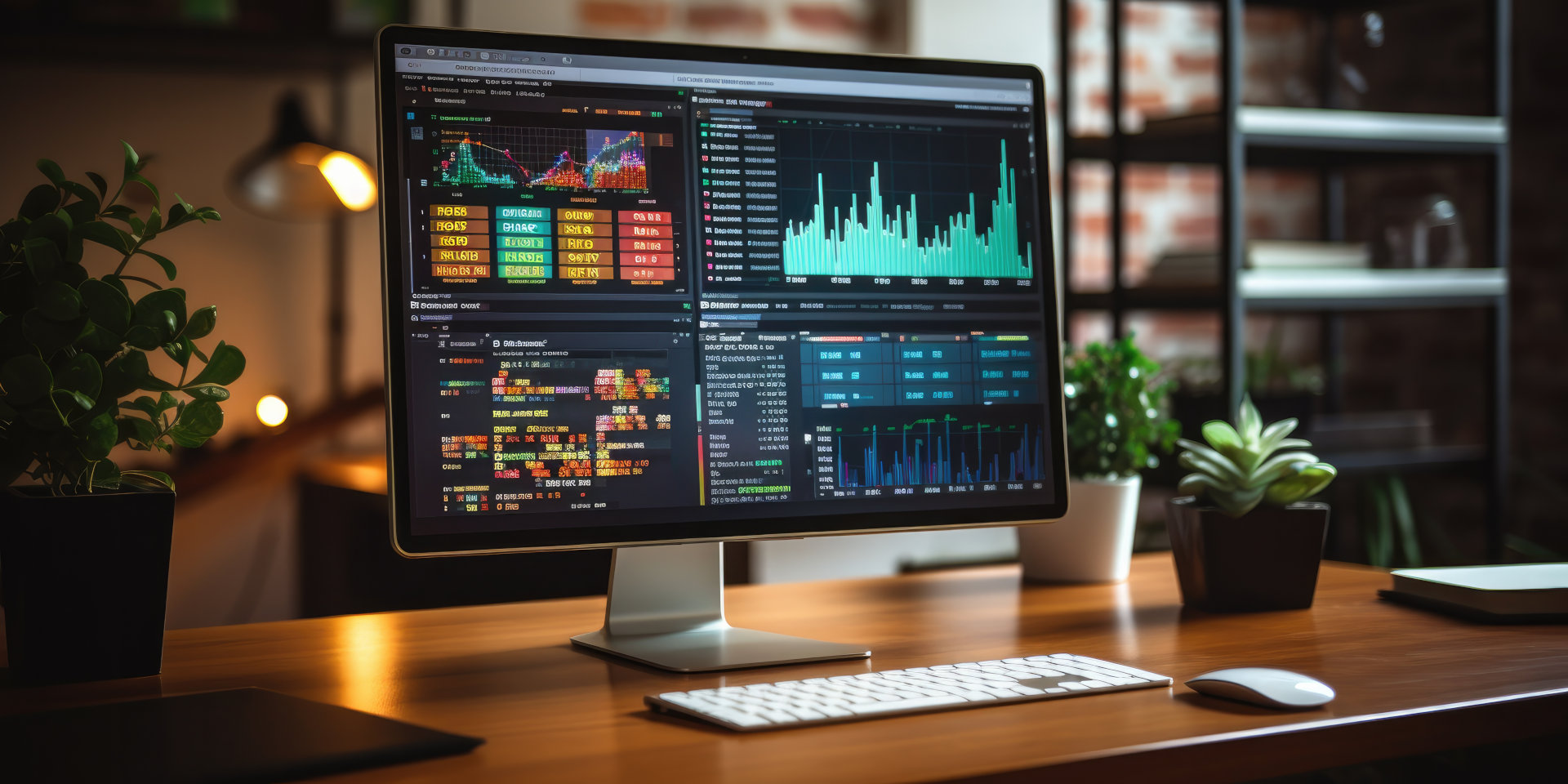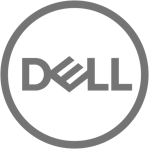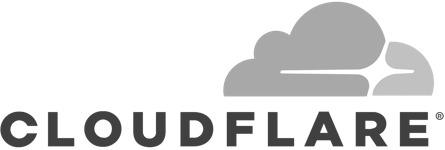Application Monitoring
Best Practices for 24/7 Application Monitoring

The cost of downtime is something you should be familiar with by now. The average business will suffer anything from a few thousand quid to tens of thousands – or higher, depending on the company – for every hour of downtime. Application monitoring not only helps businesses avoid costly downtime but also helps them meet expectations for performance and availability, as well as the end-user or customer experience.
Application monitoring best practices make it easier to keep tabs on the health of your IT environment and stay focused on your performance goals.
Set Clear Objectives
There’s a post on the Azure DevOps blog about a team running 20 web apps that serve roughly 100,000 users. Back in 2014, they had just started using Application Insights – an analytics service that helps you monitor the performance and usage of an application. Alan Wills explains that they use the same dashboard for every app, get used to what the graphs should look like, and can so spot anything out of the ordinary.
In other words, there are performance goals to be maintained to ensure that application expectations are being met. These goals can include:
Proactive issue detection and resolution
Early detection of performance issues can help maintain the end-user experience and prevent downtime. Goals for proactive issue detection and resolution are often time-based:
- What is an acceptable time frame to detect and issue alerts about potential issues or anomalies?
- Once an issue is detected, how quickly can or should it be resolved?
These goals are important – delays in detecting or resolving issues can lead to extended downtimes, negatively affecting user satisfaction and trust, and potentially leading to financial losses.
Track relevant metrics
Key performance indicators (KPIs) are application performance metrics that help determine whether an application is running optimally, or whether there is a developing issue. Which metrics to track can vary depending on the industry and application. However, some metrics are globally important. They include:
- application availability
- throughput (transactions within a specific period)
- CPU utlisation
- memory usage
- network latency
- error rates
- response time
- garbage collection.
Performance & cost optimisation
When application performance metrics have been determined, they should be used to maintain or improve an application’s performance. Resource utilisation should be considered at the same time since it’s not only crucial to application performance but can also help manage costs.
End-user experience
Metrics like page load times, resource availability during peak hours, and overall application availability can be indicators of the user experience. Each of these should always meet a minimum value to ensure fast and responsive application use.
Compliance and security
In many industries, compliance with regulatory standards is essential. Objectives in monitoring can include ensuring that the application adheres to these standards, especially concerning security and data protection.
Use the right tools
Gone are the days of manually monitoring an application and testing for functionality – it’s time-consuming and, subsequently, also expensive. Today automation is central to application monitoring, with automated alerts, reporting, and incident remediation key features organisations rely on to alleviate the workload on IT and DevOps teams.
Another key feature of an effective application monitoring tool is its integration capability; nowadays different management tools are used in IT environments and if they can work together as an almost inseparable unit, the greater the potential for enhanced efficiency across the board.
Integration capability ties in with what your monitoring app can monitor – is it limited to the app itself, or are you able to view the entire tech stack? This kind of visibility simplifies root cause analysis and gives all stakeholders a more comprehensive view of the stack and how different components affect each other as the app is being used.
Take advantage of automation
Automation can make life a lot easier for all concerned by doing much of the analysis. As such it’s advisable to choose application monitoring tools that deliver the automation features that can benefit your team. Examples of automation include:
- Log analysis
- Root cause analysis
- Performance baseline establishment
- Anomaly detection
- Automated health checks
- Predictive analysis
- Remedial / Self-healing mechanisms
These automation features greatly enhance the efficiency and effectiveness of application monitoring, reducing the manual effort required and enabling faster and more accurate responses to issues.
Set up alerts and notifications
Setting up alerts and notifications for individual monitoring metrics is crucial since the system can notify relevant team members faster than manual checking ever could. Which metrics you create alerts and notifications for and what those thresholds should be can vary between applications. Nevertheless, they deserve careful consideration since too many alerts or notifications can cause ‘alert fatigue’ while too few could negatively impact the end-user experience.
Once alerts and notifications have been defined, they should be tied into internal processes that define who and how these alerts are handled, and when escalations should occur.
Conclusion
Effective 24/7 application monitoring is essential for maintaining high application performance, ensuring user satisfaction, and minimising the costly impacts of downtime. With the implementation of a few best practices, organisations can achieve a comprehensive and proactive monitoring strategy. This holistic approach not only safeguards the technical health of applications but also supports the overarching business goals of reliability, efficiency, and customer satisfaction.
Speak with a Storm Expert
Please leave us your details and we'll be in touch shortly
A Trusted Partner








